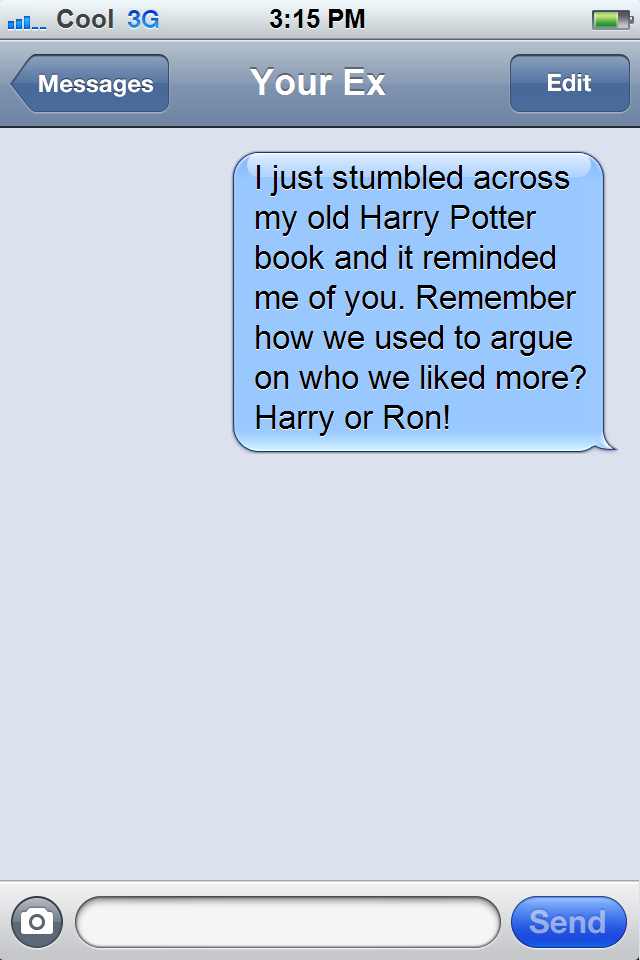

And you also lose images and links.įor explanations of the options available for controlling the formatting when you paste text into Word, see Microsoft’s support article.Ĭlick OK to close the Word Options dialog box. In our example, we’re copying and pasting between Word documents so we select Keep Text Only from the Pasting between documents drop-down list.Īs we mentioned, text formatting is left out when pasting as text only. In the Cut, copy, and paste section on the right, select Keep Text Only from any of the first four Pasting drop-down lists. If you want to always paste text as plain text using Ctrl + V, you can set that as the default action.Ĭlick the down arrow on the Paste button and select Set Default Paste.Ĭlick Advanced in the left pane on the Word Options dialog box. We’ll show you in a bit where you can enable and disable the Paste Options button. You can also access the Keep Text Only button by clicking the Paste Options button, if you haven’t disabled it. Instead of pressing Ctrl + V to paste the copied text, click the down arrow on the Paste button in the Clipboard section of the Home tab.

If you don’t want to keep the highlighting on the pasted text, you can paste only the text without the formatting. So the text you just pasted remains highlighted. Then, press Ctrl + V to paste the copied text.Įach separate block of text is pasted on a new line.īy default, when you paste text you copied from any Word document, or any other program, the formatting automatically comes with it.

Go to File > New > Blank document to create a new document. We’re going to paste our text into a new Word document. Paste the Selected, Highlighted Text into Another Word Document Press Ctrl + C to copy the selected text. Press Esc or click the X in the upper-right corner of the dialog box to close it.Īll your blocks of highlighted text are selected. Word tells you how many highlighted items it found. To find and select all the highlighted text in the document, click Find In and select Main Document. Highlight displays as the Format below the Find what box. On the Find and Replace dialog box, click the Find tab. You can select all highlighted text at once using the Find and Replace tool in Word. However, manually selecting separate blocks of text is time-consuming. You don’t have to highlight each block of text to select multiple blocks, but it makes it easier, as you’ll see. Once you’ve selected all the blocks you want to copy, press Ctrl + C. Then, scroll to the next block of highlighted text and hold down the Ctrl key while you select that. Start by selecting the first block of text with the mouse. You can manually copy all highlighted text. The color you selected becomes the default color the next time you click the Text Highlight Color button. If you want to use a different color, click the down arrow on the right side of the button. To highlight text in a Word document, select the text you want to highlight.īy default, the Text Highlight Color button in the Font section on the Home tab highlights the text in yellow when you click it.
Whats another word for texts how to#
Today we’ll show you how to find and select highlighted text and how to copy and paste that text without the highlighting into another Word document. If you’re reading a long document in Word and highlighting important parts, you can quickly and easily find and select all your highlighted text and copy it. See the Appendix, Results for the “Check Your Understanding” Activities, for answers.Well, today you can do that in Word. But you’ll also be asked to explore other types of textual materials, and it’s good to be prepared. Most of the texts you’re exposed to in college will be hard (printed) copy or online written texts like books, articles, and essays-college remains a rather traditional place, and these kinds of texts are still the most common types of learning material. If we can look at something, explore it, find layers of meaning in it, and draw information and conclusions from it, we’re looking at a text.
Whats another word for texts full#
Those items are indeed texts-but so are movies, paintings, television shows, songs, political cartoons, online materials, advertisements, maps, works of art, and even rooms full of people. You might have thought that texts were limited to written materials, such as books, magazines, newspapers, and ‘zines (an informal term for magazine that refers especially to fanzines and webzines). In academic terms, a text is anything that conveys a set of meanings to the person who examines it. In the following sections, we’ll explore the nature of texts, what they will mean to you, and how to explore and use them effectively. As a college student, much of your time will be spent interacting with texts of all types, shapes, sizes, and delivery methods.


 0 kommentar(er)
0 kommentar(er)
